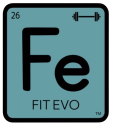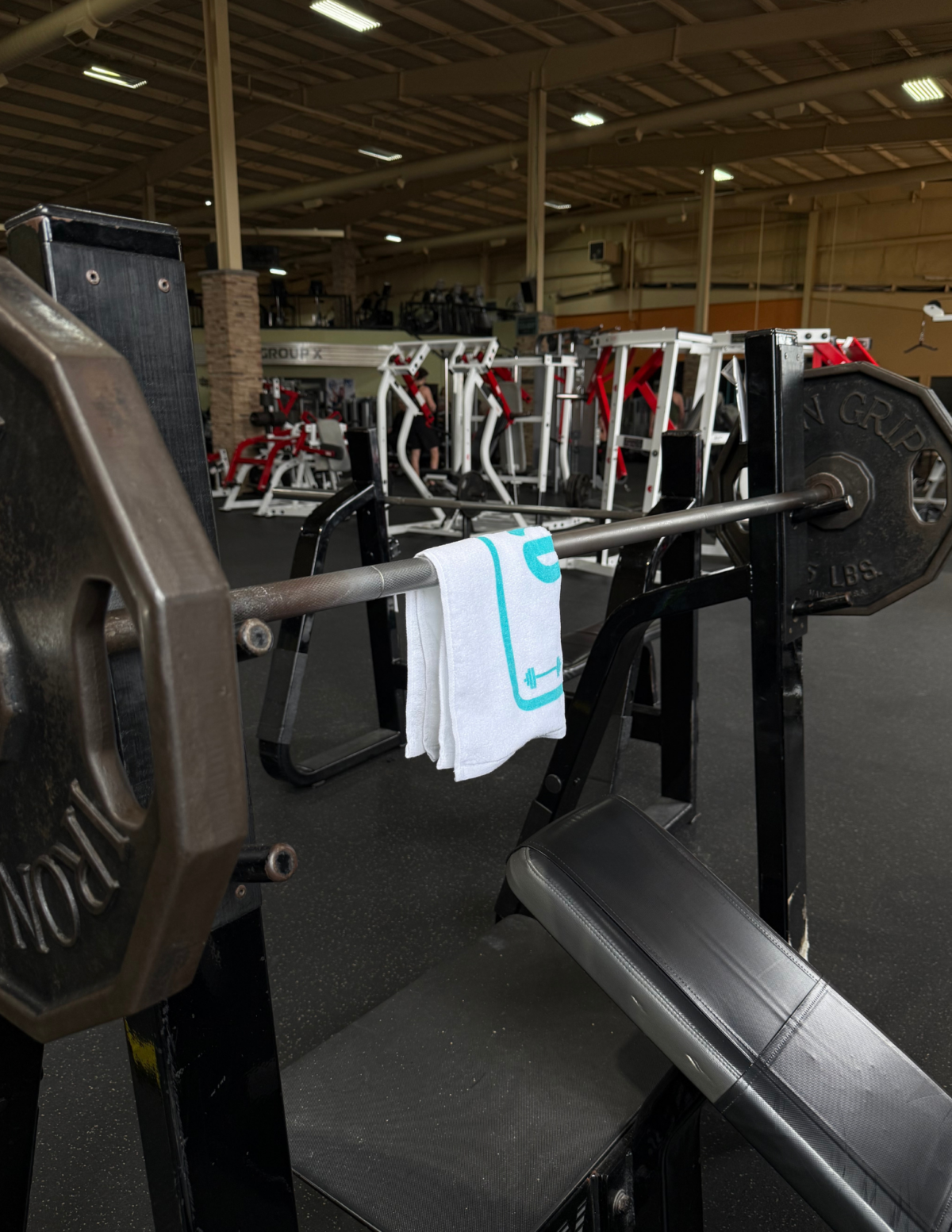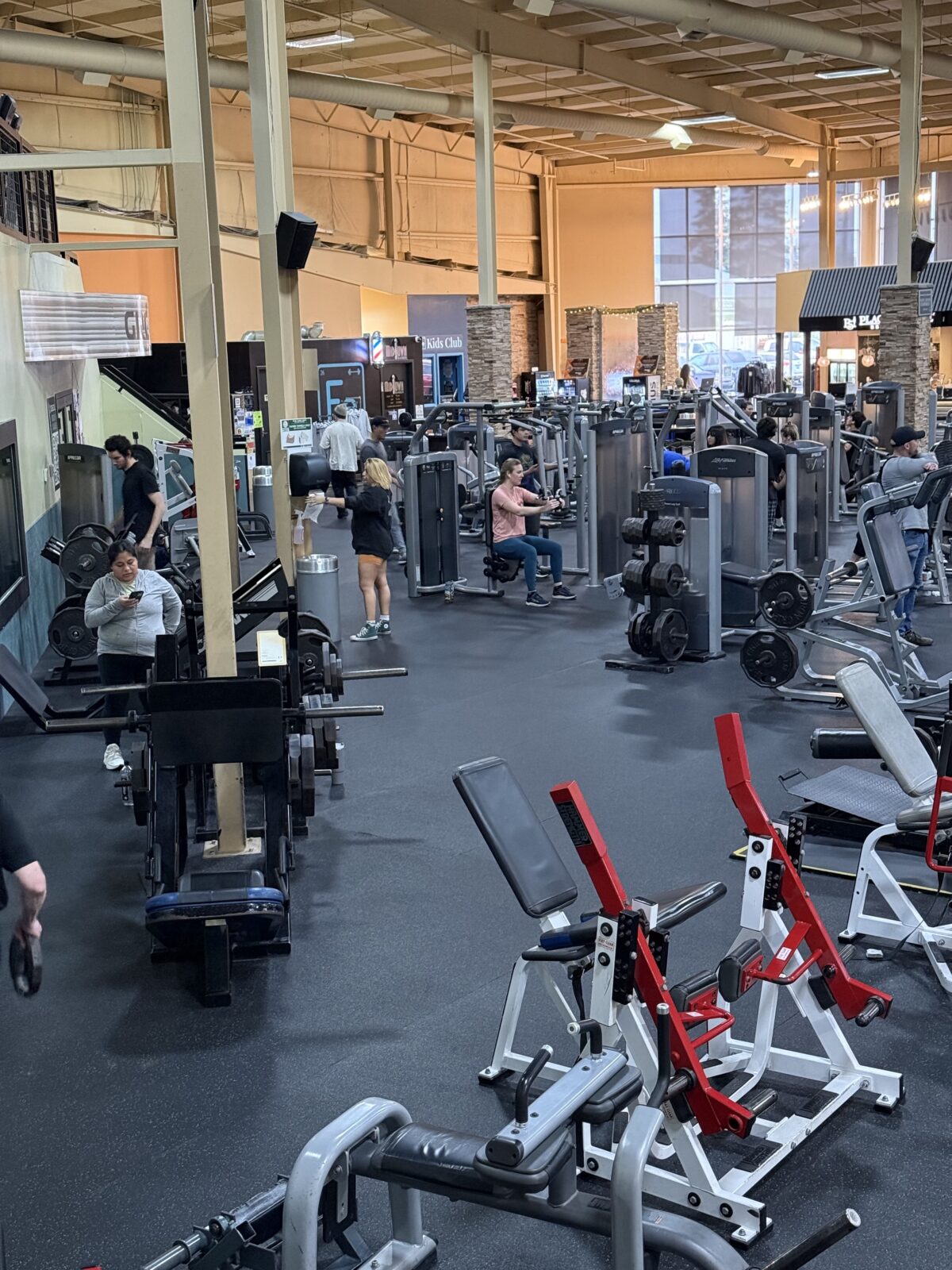Weight Loss, & Why You Need To Care
- Post author By Mike Wil
- Post date July 7, 2025
- No Comments on Weight Loss, & Why You Need To Care

If you’re wondering how to begin losing weight, you’re not alone—and we’re here to help. First things first: we’re not doctors, so take this as friendly advice, not medical instruction. Always talk to a healthcare pro before making big changes to your diet or lifestyle. Okay, now let’s break this down into a simple, step-by-step guide that anyone can follow.
Step 1: Set a Realistic Goal
Instead of focusing on a number on the scale, think about how you want to feel. Do you want more energy? Better sleep? Less stress? Your goals can help guide your plan and keep you motivated. Try setting short-term goals, like walking for 20 minutes a day or eating more veggies this week.
When goals are too big, they can feel overwhelming. But little goals? Those are the building blocks for success. Write them down and put them somewhere you can see every day. This keeps your “why” front and center.
Step 2: Start Moving More
You don’t need to run a marathon to lose weight. Start with something easy like walking, dancing in your kitchen, or doing light workouts at home. Aim for 30 minutes a day of movement. If that’s too much, even 10-15 minutes is a great start. The key is just to start moving.
Moving your body helps burn calories, yes—but it also boosts your mood and energy. Regular movement keeps your heart healthy and helps your body stay strong. It’s not just about losing weight; it’s about building a lifestyle that feels good.
And remember, all movement counts. Vacuuming, gardening, playing with your dog—these add up! The more you enjoy it, the more likely you’ll stick with it.
Step 3: Look at Your Food Choices
You don’t have to go on a super strict diet. Start small:
- Swap soda for water
- Eat more whole foods (like fruits, veggies, and lean proteins)
- Cut back on sugar and processed snacks
- Try to cook at home more often
Try to eat meals that have a balance of protein, carbs, and healthy fats. This helps you stay full longer and gives your body the fuel it needs. Eating slowly and being mindful can help you notice when you’re actually full.
Also, don’t skip meals! Skipping meals might make you hungrier later and lead to overeating. Try sticking to regular meals and smart snacks. Think of food as fuel—not something to avoid.
Step 4: Get Good Sleep
Did you know lack of sleep can mess with your weight? Your body needs rest to stay healthy. Try to get 7-9 hours of sleep each night. Set a bedtime, turn off screens before bed, and create a relaxing bedtime routine.
When you don’t sleep well, your hormones get out of whack. You might feel hungrier and crave junk food more. Good sleep helps your body recover and reset. Try calming activities like reading, stretching, or taking a warm shower before bed.
Step 5: Drink More Water
Sometimes we think we’re hungry when we’re really just thirsty. Drinking water throughout the day can help you feel full and energized. Try to keep a reusable water bottle with you and sip often.
Aim for about 8 cups a day, more if you’re sweating a lot. Add lemon, cucumber, or fruit slices if plain water isn’t your thing. Staying hydrated also helps your skin, digestion, and energy levels.
Step 6: Be Patient with Yourself
Losing weight isn’t instant. And that’s okay! Everyone’s journey looks different. Celebrate small wins like taking the stairs, skipping dessert once, or cooking a healthy meal at home. Those little things add up.
Some days will be harder than others. That’s normal. Don’t beat yourself up for a missed workout or an extra snack. Just keep going. Progress isn’t always a straight line—it’s a path full of learning and growing.
Step 7: Track Your Progress
You can use a notebook, an app, or just your phone to track how you’re doing. Keep notes on your meals, workouts, water intake, and how you’re feeling. Seeing your progress can keep you motivated.
Tracking helps you spot patterns. Maybe you feel sluggish when you skip breakfast. Or maybe you have more energy after morning walks. This kind of insight is super helpful.
Don’t just track weight—track habits, energy, mood, and sleep too. It all matters.
Step 8: Ask for Support
Tell a friend or family member about your goals. Join a group or community that’s working on similar goals. Having someone cheer you on can make a big difference.
You don’t have to do this alone. Sharing your wins and struggles makes the process feel less scary. And having accountability—someone to check in with—can help keep you going.
Online forums, fitness groups, or even coworkers can become your support team. Just find your people.
Step 9: Don’t Be Afraid to Adjust
If something’s not working, switch it up! Try new workouts, new healthy recipes, or change your routine. There’s no one-size-fits-all plan.
Life changes, and so can your approach. Maybe a workout that used to feel great now feels boring. Or maybe your schedule shifted. That’s okay—tweak your plan so it works for you now.
Trying something new can also bring excitement and motivation back into your routine.
Step 10: Remember Why You Started
Write down your reason for wanting to lose weight. Maybe you want to play with your kids without getting tired or just feel more confident in your clothes. Keep that reason somewhere you’ll see it often.
Your “why” is what keeps you going when things get tough. Remind yourself daily. You’re not doing this for anyone else—it’s for your health, your happiness, and your future.
You can even make a vision board, write a letter to your future self, or keep a motivation journal. Visual reminders are powerful.
Bonus Tips for Beginners
If you’re just getting started, here are a few more quick tips:
- Avoid fad diets. They usually don’t last and can mess with your metabolism.
- Eat mindfully. Sit down, slow down, and really taste your food.
- Watch portion sizes. Sometimes it’s not what you eat, but how much.
- Don’t compare yourself. Everyone’s body is different.
Reward yourself (non-food rewards). Buy new workout gear, take a self-care day, or start a new hobby.
How to start losing weight for beginners?
Start with small changes—move your body every day, drink more water, and focus on eating whole foods. These small steps make a big difference over time.
What is the first rule of losing weight?
The first rule is consistency. Staying committed to daily habits like eating healthy and moving more is what leads to real results.
What is the 3-3-3 rule for weight loss?
This rule suggests working out 3 days a week, eating 3 balanced meals a day, and sticking with it for 3 months to see noticeable changes.
What is the 50/30/20 rule for weight loss?
It’s a way to split your calories: 50% carbs, 30% protein, and 20% fats. This balance can help fuel your body and support weight loss.
Just a quick reminder—again—we’re not doctors! This is general advice based on common healthy habits. For anything serious or specific to your body or health, always check with a medical professional first.
You’ve got this! Small steps every day can lead to big changes over time. Let’s get started!


